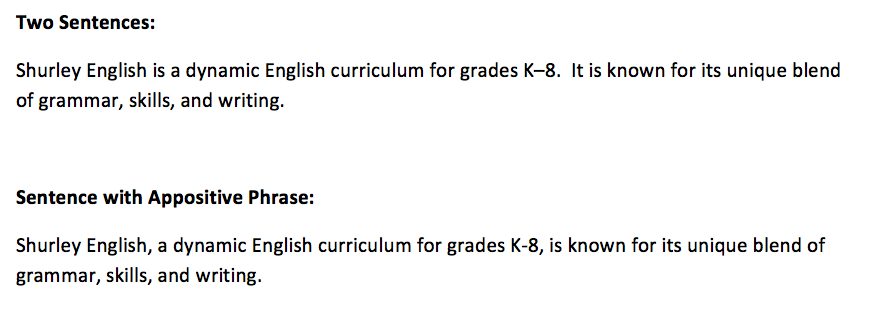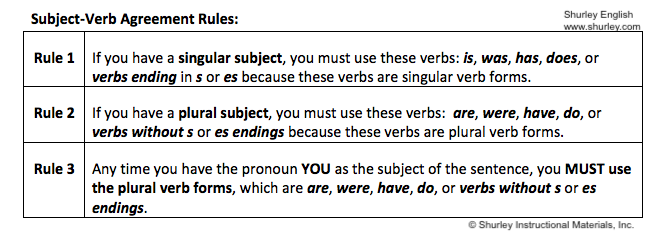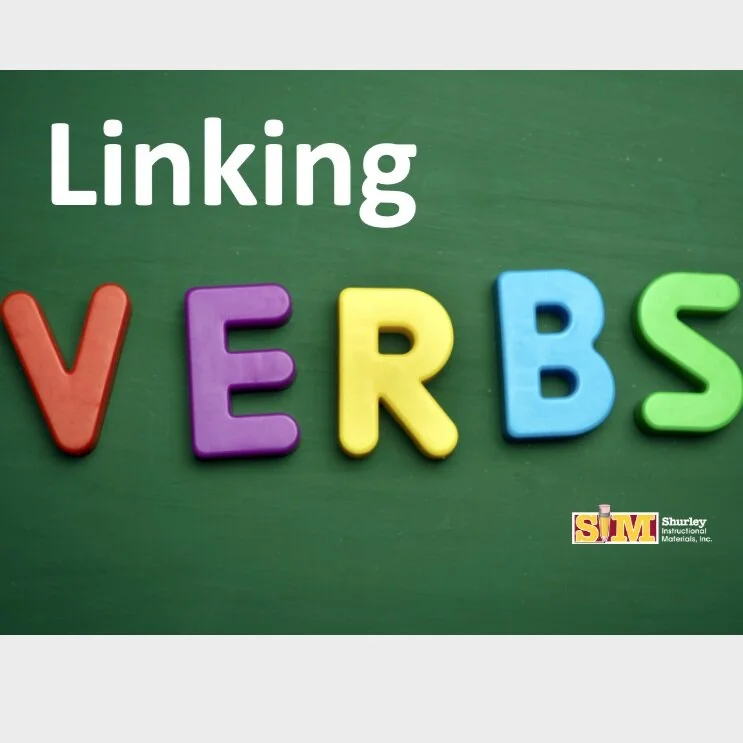What is an idiom?
/If you understand every word in a text and still fail to understand what the text is all about, chances are you are having trouble with the idioms. This has happened to me on occasion, so my guess is that you’ve been in the same boat. Let’s attempt to conquer idioms together.
(Note: This blog contains several idioms. They have been italicized and underlined for clarity.)
What is an idiom?
An idiom is an informal expression that cannot be understood simply by understanding its parts. It is a figure of speech that has a separate meaning of its own, which is figurative and not literal. When two or more words are expressed together to create a unique meaning that is different from the meaning of each of the individual words, an idiom is created.
One-word idioms can occur when a word is used in a surprisingly different way to express a different meaning from its original one. For instance, the word lemon can be used to describe a car that has multiple manufacturing defects which affect the safety, value, and use of the vehicle.
American English is considerably idiomatic, and most Americans use these words, phrases, or expressions without much thought during every day conversation. Idioms seem to make language more colorful, and can help people express something more vividly and sometimes more briefly. They also help create imagery for the reader or listener.
Here’s an example:
“When I think about days gone by, I can clearly see beyond a shadow of a doubt that my parents and grandparents used a lot of idiomatic phrases when they chewed the fat or shot the bull. I was always all ears, so it should come as no surprise that they handed down some of the slang, regional, informal, cliché, and proverbial expressions they used day in and day out. If the truth be told, it would be difficult for me to express myself without using those same idioms now!”
Shurley English teaches the Traits of Effective Writing, and during Trait 3: Word Choice, students learn to incorporate idioms:
What are the different types of idioms?
It’s important to know that idioms are usually peculiar to a particular group of people (region, country, etc.), and they may be difficult for people from other parts of the world to comprehend. Also, non-native speakers of English often have a hard time understanding them at all.
Idioms can add real flair to students’ writing, so here is a Lexicon for different types of idioms to explore. Encourage your young scholars to use them as a word choice strategy!
Slang Expression: a type of language that consists of words and phrases that are regarded as very informal, are more common in speech than writing, and are typically restricted to a particular context or group of people.
Regional Expression: of or relating to a particular region, district, area, or part, as of a country; sectional; local.
Informal Expression: suitable to or characteristic of casual and familiar, but educated, speech or writing.
Cliché Expression: a trite, stereotyped expression; a sentence or phrase, usually expressing a popular or common thought or idea, which has lost originality, ingenuity, and impact by long overuse, as sadder but wiser, or strong as an ox.
Proverbial Phrase or a Proverbial Expression: a type of a conventional saying similar to proverbs and transmitted by oral tradition. The difference is that a proverb is a fixed expression, while a proverbial phrase permits alterations to fit the grammar of the context.
Extend the Lesson:
Did you know that William Shakespeare coined many of the idiomatic phrases we still use today? Take a look at the following list of idioms Shakespeare used in his plays. Look some of them up to understand their meaning. Also, try to use some of them in a sentence.





